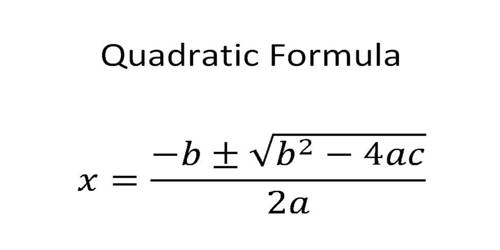What is Reconciliation of Cost Accounts and Financial Accounts?
Reconciliation of Cost and Financial Accounts is process to find all the reasons behind disagreement in profit which is calculated as per cost accounts and as per financial accounts. There are lots of items which are shown in the profit and loss account only when we make it as per financial accounting rules. There are lots of items which are shown in costing profit and loss account only when we calculate profit as per cost accounting.
Suppose, we have taken the profit or loss as per financial accounts, we adjust it as per cost accounts. In the end of adjustments, we see same profit as per cost accounts. If we have taken profit as per cost account, we have to adjust items as per financial accounts. For this purpose, we make reconciliation Statement.
(a) Items included only in financial accounts
There are number of items which appear only in financial accounts, and not in cost accounts, since they neither do nor relate to the manufacturing activities, such as,
- Purely financial charges, reducing financial profit
- Losses on capital assets
- Stamp duty and expenses on issue and transfer of stock, shares and bonds
- Loss on investments.
- Discount on debentures, bonds, etc.
- Fines and penalties,
- Interest on bank loans.
- Purely financial income, increasing financial profit
- Rent received
- Profit on sale of assets
- Share transfer fee
- Share premium
- Interest on investment, bank deposits.
- Dividends received.
- Appropriation of profit – donations and charities.
(b) Items included only in the cost accounts
There are very few items which appear in cost accounts, but not in financial accounts. Because, all expenditure incurred, whether for cash or credit, passes though the financial accounts, and only relevant expenses are incorporated in cost accounts. Hence, only item which can appear in cost accounts but not in financial accounts is a notional charge, such as, (i) interest on capital, which is not paid but included in cost accounts to show the notional cost of employing capital, or (ii) rent i.e. charging a notional rent of premises owned by the proprietor.
(c) Items accounted for differently in cost accounting and financial accounting
- Overhead – In cost accounts, overheads are applied to cost units at predetermined rates based on estimates, and the amount recovered may differ from actual expenses incurred. If such under-or over-recovery of overheads are not charged off to costing profit and loss account, the profits on two sets of books will differ.
- Stock valuation – In financial accounts, stock is valued at lower of cost or market value. In cost accounts, stock is valued at cost adoption one of the methods, such as FIFO, LIFO, average etc., which is suitable to the unit. Thus, there may be difference in stock valuation, which will reflect difference in profit between the two sets of books.
- Depreciation – If different basis is adopted for charging depreciation in cost accounts as compared to financial accounts, the profits will vary.
















